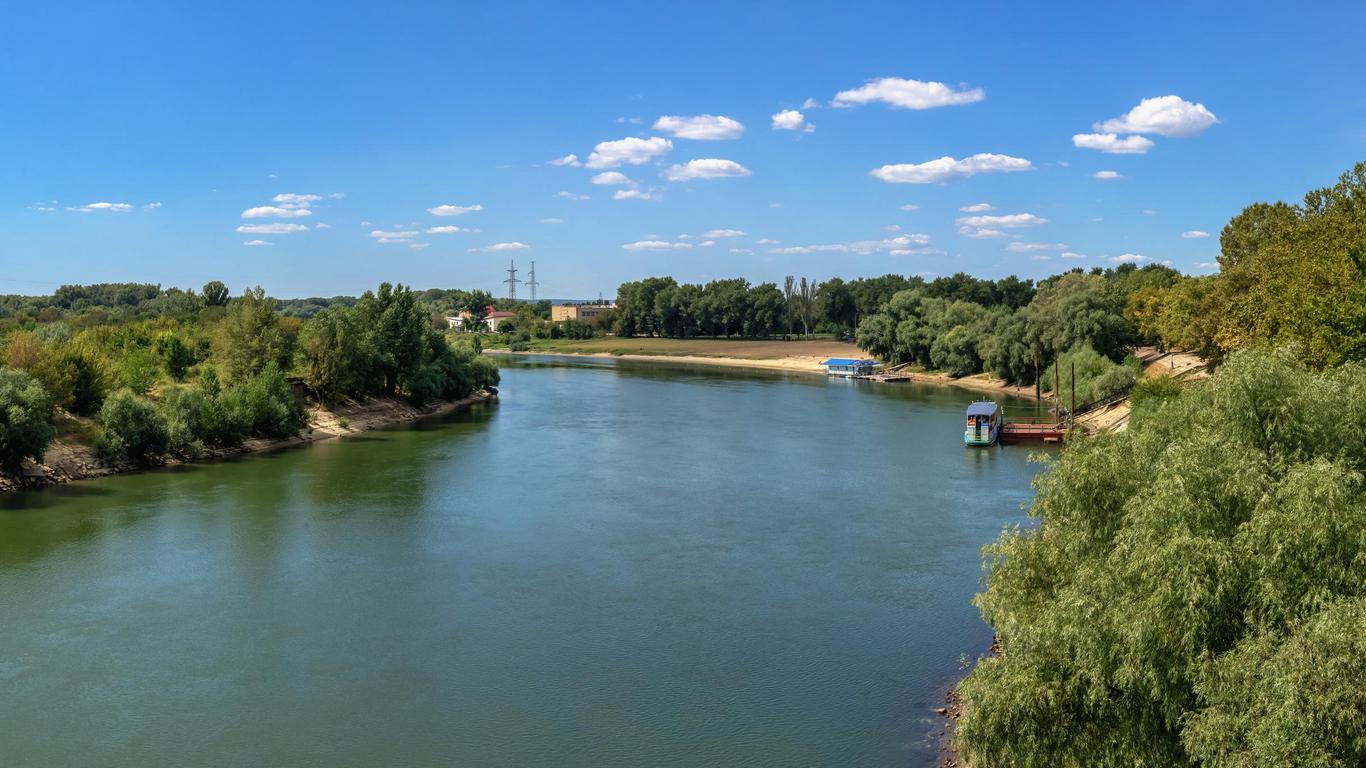Serving as the capital of Transnistria, Tiraspol lies on the banks of the Dniester River between Chişinău and Odesa. The area was inhabited for several thousand years by ethnic tribes before the modern settlement was founded in 1792 by Alexander Suvorov. Tiraspol takes its name from the Greek word for the Dniester River, “Tyras”.
Things to do in Tiraspol
Stroll down Tiraspol’s main thoroughfare to admire the city’s Soviet architecture and see the statue of Vladimir Lenin that stands outside the monumental Transnistria Parliament building. Opposite is the Memorial of Glory, which commemorates those who died during the Great Patriotic War, as well as the Soviet-Afghan War and the Transnistria War. The memorial centres around a T-34-85 tank that served as a combat vehicle in the Red Army.
In the heart of Tiraspol’s main square is the Suvorov Monument, an equestrian statue that pays tribute to the Russian general, Alexander Suvorov. It was sculpted in the 1970s by Vladimir and Valentin Artamonov to pay tribute to Suvorov’s role in the founding of Tiraspol. The Suvorov Monument is one of the city’s most famous symbols and has appeared on bank notes and postage stamps.
At the Museum of Local History, you’ll find exhibits detailing life in the region throughout the centuries. It also hosts changing displays on regionally significant themes. Don’t miss the Zelinsky Museum, which occupies the house where the Russian chemist Nikolay Zelinsky was born before going on to invent the charcoal gas mask.
Getting around Tiraspol
Tiraspol is just over an hour’s drive from Chişinău and Chişinău International Airport, which has flights to destinations across Europe. Daily trains connect from Chişinău to the Tiraspol railway station while trolleybuses travel throughout the city, connecting most of its attractions.





